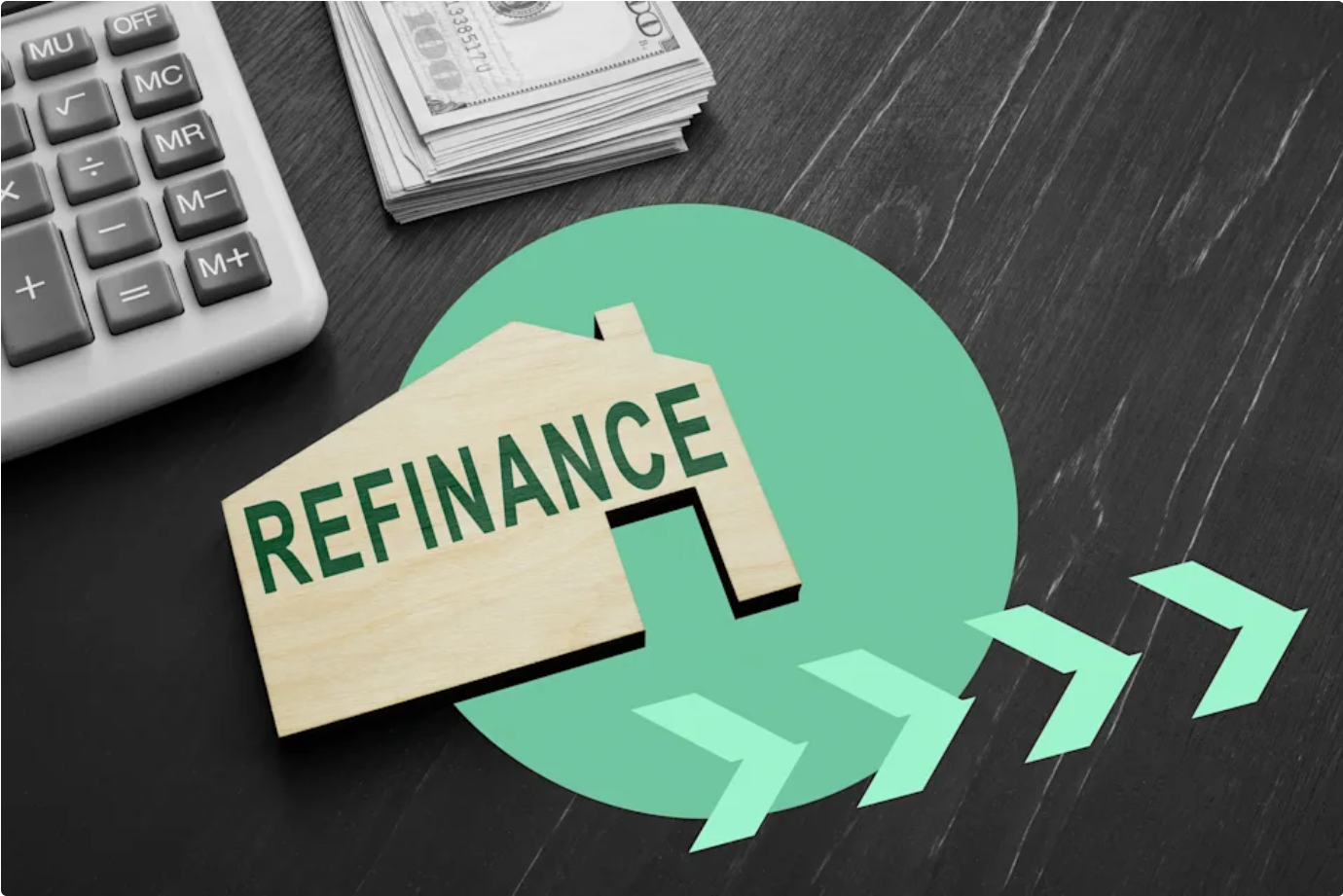Whether to continue to choose the original lender is a key issue faced by many homeowners in the decision-making of mortgage refinancing. Although refinancing with the same lender is relatively simple, whether you can get the best interest rate and loan terms is worth thinking about. This article will structure the advantages, potential drawbacks, and specific steps of choosing the same lender to refinance, so as to help you make a rational choice.
1. Advantages of refinancing with the same lender
- Simplified process
The lender already has your loan history and some financial information, so the documents required for application may be less, and the approval process is smoother, saving time and energy. - More convenient payment
Continue to use familiar accounts and payment channels to avoid re-registration and learning new payment systems, reducing operational inconveniences. - Account integration for easy management
If you have other bank accounts or investment products with the institution, maintaining the loan relationship will help you manage your finances in an integrated manner, and you may even enjoy the benefits or negotiation advantages of loyal customers. - May enjoy fee discounts
Some lenders will offer loan fee waivers or discounts to retain old customers and reduce the overall cost of refinancing. - Speed up loan closing
Due to the complete information and familiarity with the process, the overall closing time may be shorter than that of a new lender.
2. Potential drawbacks of choosing the same lender for refinancing
- May miss out on better interest rates
The original lender may not offer the best interest rates on the market. If you do not compare the market, you may miss out on long-term savings from lower interest rates. - Fees may be higher
Loan fees and closing costs vary from institution to institution. The original lender may not have the lowest fees, and lack of comparison may result in additional expenses. - Loan terms may not be the best
Other lenders may offer more flexible or more in line with your current financial goals. Loan products and terms. - Customer service issues still exist
If you are not satisfied with the service or technology platform of the original lender, continuing cooperation may continue these inconveniences. - Lack of bargaining chips
If you don’t actively compare other quotes, your bargaining power will be limited and it will be difficult to get more favorable terms.
3. How to refinance with the same lender?
- Evaluate current loan terms and market interest rates
Understand the interest rate, term and fees of your existing loan, and judge the potential benefits of refinancing based on market conditions. - Prepare application materials
Including recent payroll, tax bills, bank statements, existing loan bills, home insurance information, etc. - Contact the refinancing department of the lender
Ask if there are preferential policies or simplified processes for old customers. - Apply for a loan and get a loan estimate
Carefully check the interest rate, loan term, closing costs, etc. to ensure that they meet expectations. - Arrange a home appraisal
Lenders usually require an appraisal of the current market value of the house as an important basis for the loan amount. - Complete loan approval and signing
After the review is passed, sign a new loan contract to complete the settlement of the old loan. - Confirm the effectiveness of the new loan and repayment arrangements
Confirm that the old loan has been settled and start repaying according to the new contract.
4. Should you choose to refinance with the same lender? Suggestions and thoughts
- Multiple comparisons are the key
Even if you prefer the original lender, you should consult at least two or three other lenders to compare interest rates, fees and loan products to avoid missing out on better options. - Pay attention to your own credit and financial changes
If your credit score improves or your income increases, you may get more favorable loan terms, and it may be more cost-effective to choose a new lender. - Communicate with the original lender to get discounts
Let the lender know that you are comparing quotes, which sometimes prompts them to offer more competitive terms. - Consider long-term financial goals
Not only pay attention to the current interest rate, but also consider the loan term, repayment flexibility and potential fees to ensure that it meets your personal financial plan.
When choosing whether to refinance with the original lender, you should consider both the convenience of the process and potential discounts, and you cannot ignore the interest rate and terms advantages brought by market competition. The wise approach is to keep an open mind, actively compare multiple quotes, and fully communicate with existing lenders to strive for the best loan plan. Only in this way can you save time and money in the complex mortgage market and move towards an ideal financial future.
